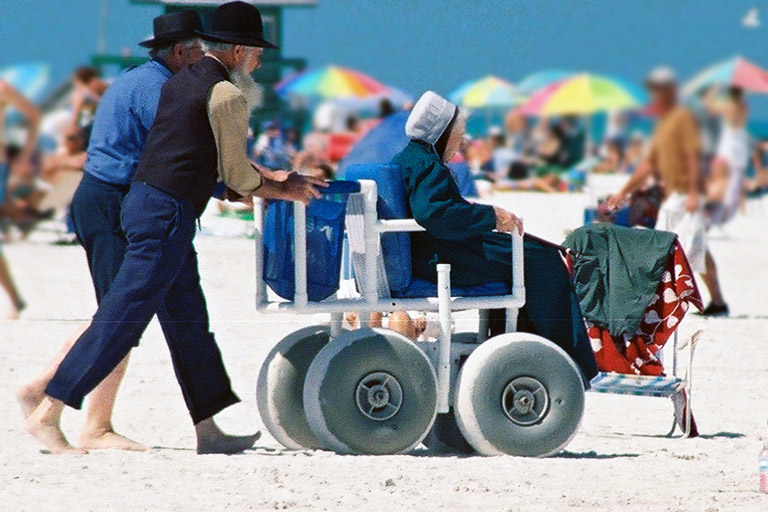The Cultural and Religious Complexities of Amish-Focused Mental Health Conditions Research: Insights from an Exhaustive Narrative Review and Case Study of Counseling Controversies.
Mental Health, Religion & Culture.
Anderson, Cory, and Lindsey Potts.










